In this article, we are going to learn about the stored procedures in MySQL. In this article, I am covering the basics of the stored procedure that includes the following
Read more »
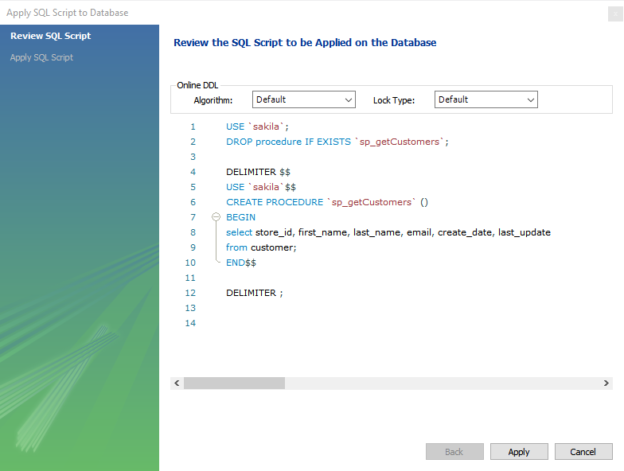


In this article, we are going to learn about the stored procedures in MySQL. In this article, I am covering the basics of the stored procedure that includes the following
Read more »
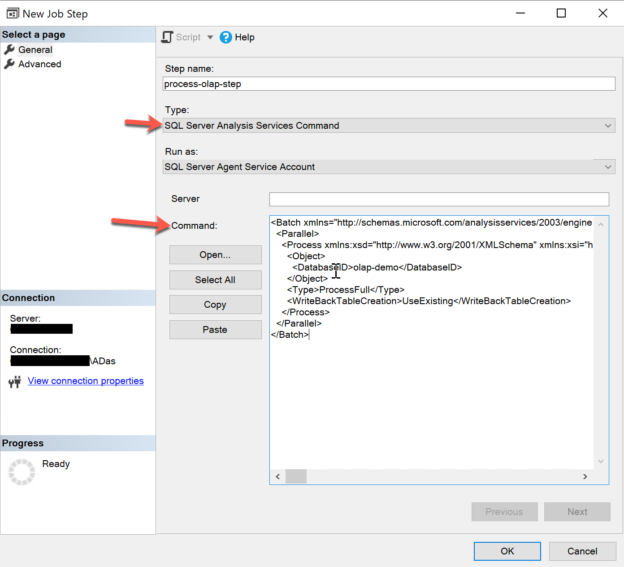
In this article, I am going to introduce some advanced usages of the SQL Server Agent service in Microsoft SQL Server. In my previous article, Introduction to SQL Server Agent, I have discussed in detail how to use the service and the various components related to the service. To recap briefly, the SQL Server Agent is a job scheduler service within SQL Server and allows us to schedule T-SQL scripts, SSIS jobs, automate database backups and other tasks etc. In the last article, I have shown how to schedule a simple T-SQL script using the SQL Server Agent. This article will focus more on advanced concepts like scheduling a package in SSIS and processing an OLAP cube.
Read more »
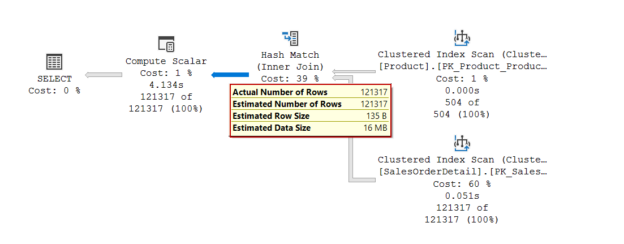
In this article, we will explore a new SQL Server 2019 feature which is Scalar UDF (scalar user-defined) inlining. Scalar UDF inlining is a member of the intelligent query processing family and helps to improve the performance of the scalar-valued user-defined functions without any code changing.
Read more »
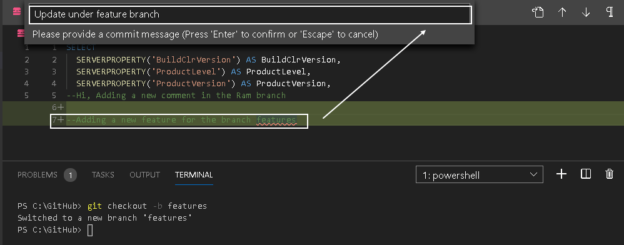
In this 5th article of the Source Control series, we will explore the concept of branches in a Git source control and GitHub repositories.
Read more »
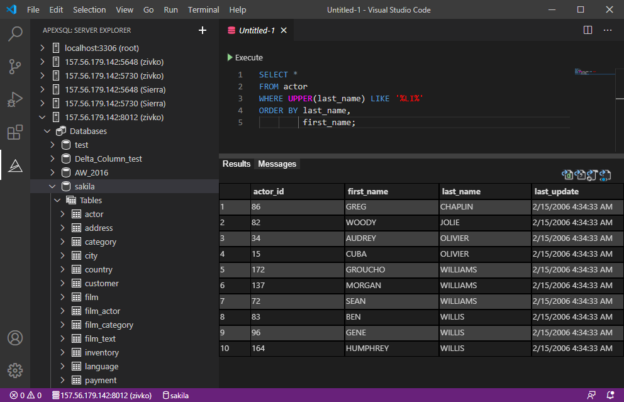
In this article, I’ll walk you through setting up Visual Studio Code for MySQL and MariaDB development using a third-party VS Code extension and give an overview of the basic features.
Read more »
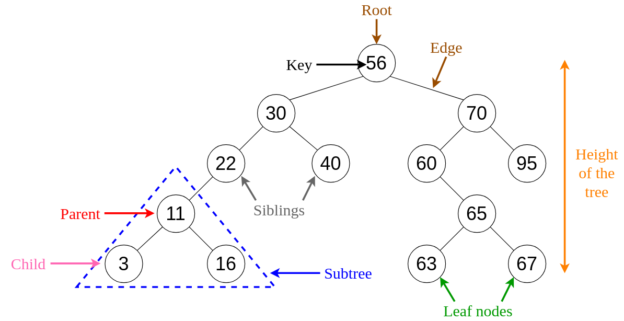
In my previous article, Understanding common Data Structures, I have mentioned the most commonly used data structures in software programming. In this article, let us get into some more details about the other data structures that are a bit complex than the ones already discussed but also used quite often while designing software applications. Here, we will look into the following data structures.
Read more »
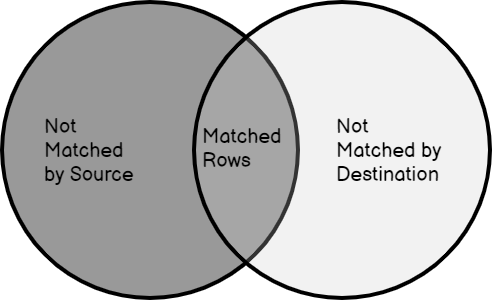
In this article, I am going to give a detailed explanation of how to use the SQL MERGE statement in SQL Server. The MERGE statement in SQL is a very popular clause that can handle inserts, updates, and deletes all in a single transaction without having to write separate logic for each of these. You can specify conditions on which you expect the MERGE statement to insert, update, or delete, etc.
Read more »
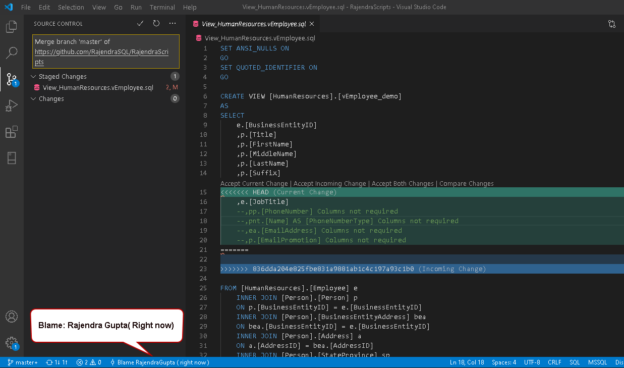
This article explores Visual Studio Code integration with Git Source Control.
Read more »
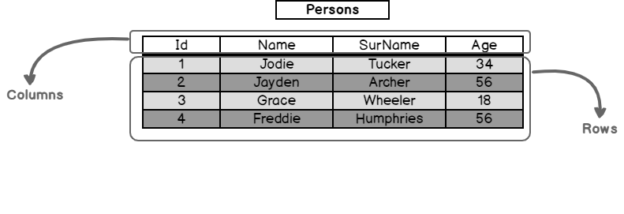
In this article, we will learn the concept of SQL tables and then work on how we can create tables with different techniques in SQL Server.
Read more »
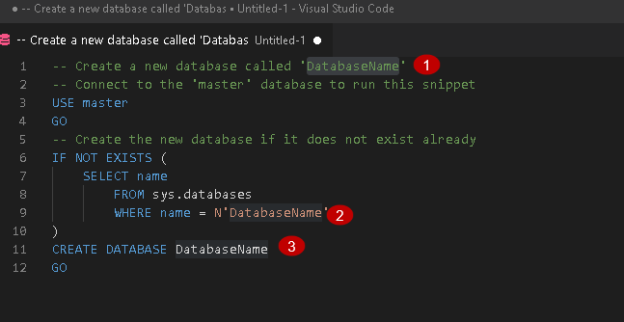
In the previous article, Getting started with Visual Studio Code (VS Code), we took a detailed overview of the popular code editor. It supports various programming languages t-SQL, Python, PHP, AWS CLI, PowerShell, etc. We need to use extensions in the VS code to work with these languages. For example, if we open the T-SQL script, it recommends you for the below extension.
Read more »
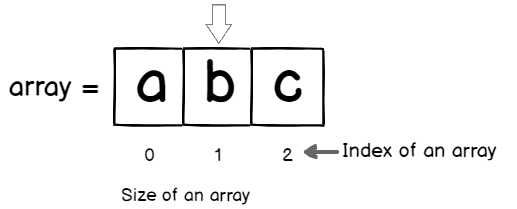
In this article, I am going to walk you through the concepts of the common Data Structures that every student, colleague working with computers should be aware of. Data Structure forms an integral part of any system or database design. It is a very interesting and intuitive concept that you can apply anywhere. Through this article, I aim to introduce the beginners to the concepts of Data Structures and brush up the same for colleagues who have already been associated with the industry for years. This will also help you understand some database concepts more easily once you have a grasp over these concepts.
Read more »
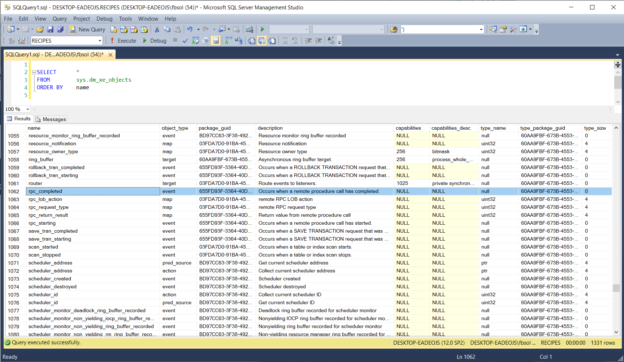
Often enough, multilayer software has bugs. SQL Server Extended Events system offers tools that can help find those bugs. A bug can happen in any layer – data, logic, or presentation. To fix those bugs, it helps to see the exact parameters and values that the presentation layer sends to the data layer. As a data layer product, SQL Server Extended Events can help with this.
Read more »
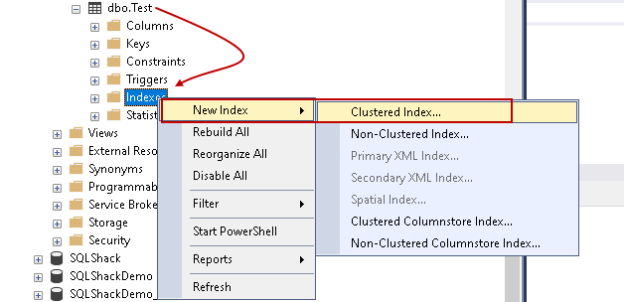
This article gives you an insight into SQL Server Index properties in SSMS.
Read more »
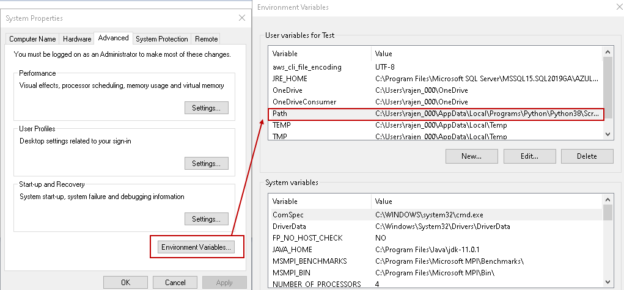
Azure Data Studio is a tool for both developers and database administrators with exciting features. You can install ADS on both Windows and Linux platforms. You can go through various Azure Data Studio articles on SQLShack to be comfortable with the tool and its features.
Read more »
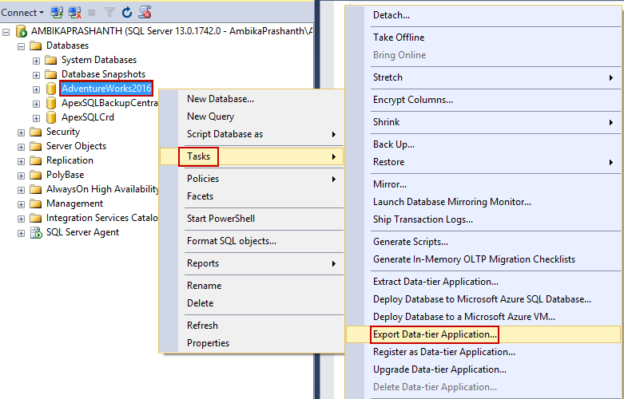
In this article, we will discuss and understand a method to migrate an on-premises SQL Server database to the Azure SQL database.
Read more »
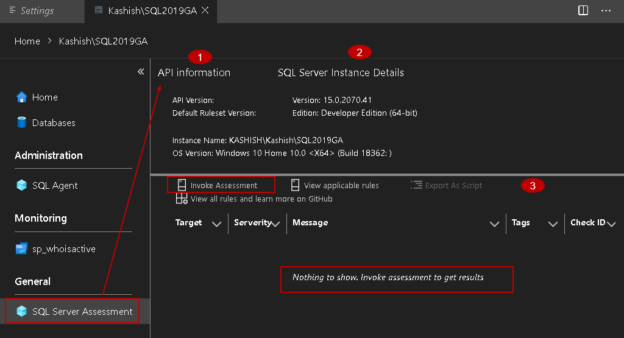
Azure Data Studio extensions enable adding new functionality for development and administrative tasks. It is an open-source functionality and allows Microsoft as well as third party extensions using Marketplace. We explored a few useful extensions in the Azure Data Studio category of articles.
Read more »
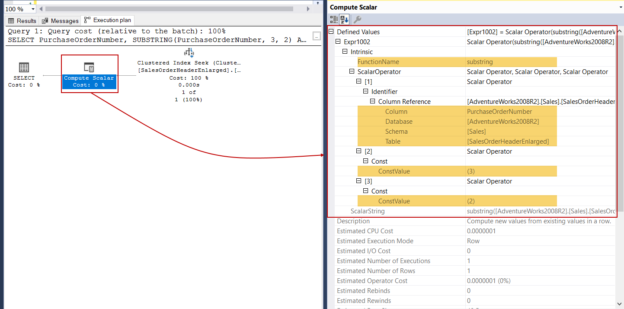
In this article, we will briefly explain the SUBSTRING function and then focus on performance tips about it.
Read more »
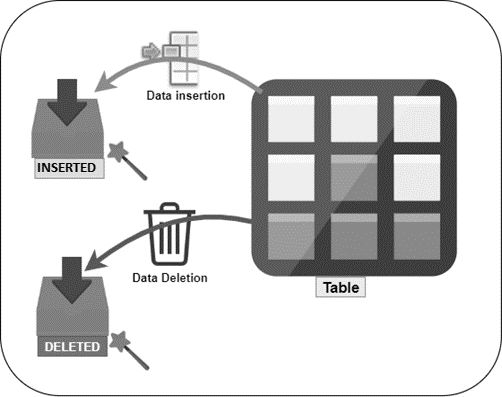
There are Magic Tables (virtual tables) in SQL Server that hold the temporal information of recently inserted and recently deleted data in the virtual table. INSERTED and DELETED are two types of magic tables in SQL Server. An INSERTED magic table is populated with INSERT and UPDATE operations and DELETED magic table is populated with UPDATE and DELETE operations.
Read more »
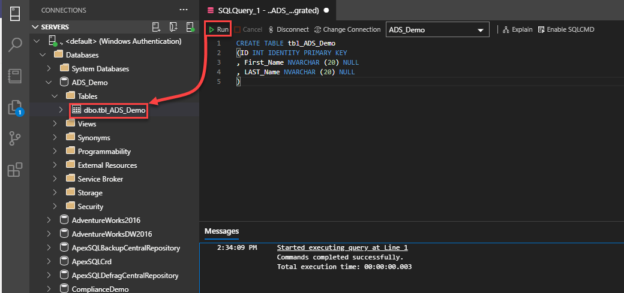
In the previous article, Starting your journey with Azure Data Studio, we put the first stone that helps you to be familiar with the Azure Data Studio and start using it to interact with your database objects.
Read more »
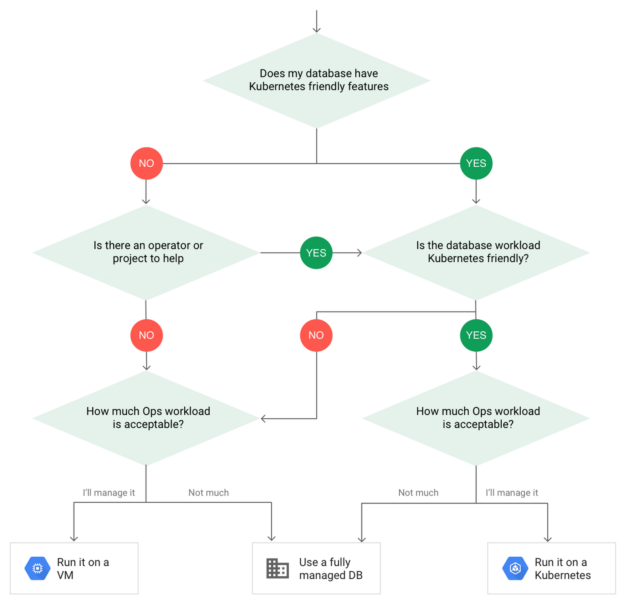
Database administrators can leverage the scalability, automation, and flexibility of Kubernetes to create a highly available SQL database cluster. In this article, you will learn what Kubernetes is, what are the benefits of running an SQL database on Kubernetes, and how to deploy MySQL on Kubernetes.
Read more »
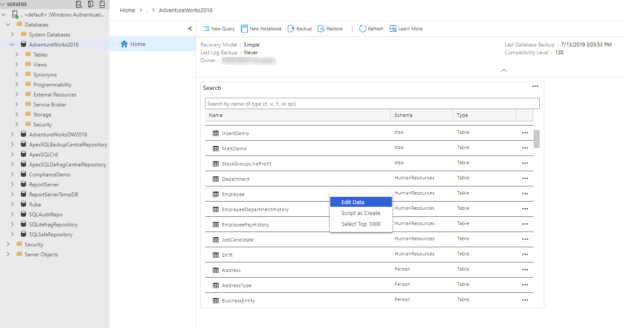
In this article, we will introduce the Azure Data Studio in a way that makes it easy for you to start using it. Enjoy the reading!
Read more »
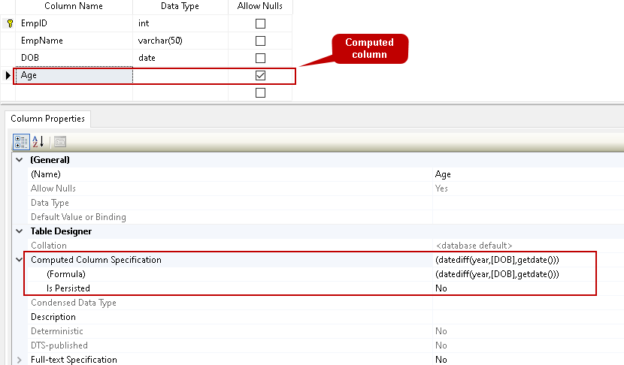
In this article, we will explore computed columns in SQL Server and their configurations.
Read more »

In the article, a CASE statement in SQL, we explored one of the important logical expressions – the Case statement in SQL Server to return the values based on the specified condition. Today, we will talk about another useful logical Choose() function in SQL Server 2012 onwards and its comparison with the Case statement.
Read more »

In this article, I am going to explain in detail about actions and tasks in the SQLPackage Utility. In my previous article, I have explained the overview of the SQLPackage utility. The SQLPackage utility is a command-line utility tool provided by Microsoft to automate SQL Server database deployments. Since this utility is cross-platform, you can easily install it on any operating system of your choice. SQLPackage actions are the types of functions that we can achieve with this utility. You can install this utility directly on any production server and it can be used as is. You can find more information about this utility and SQLPackage actions from the official documentation from Microsoft.
Read more »

In this article, we explore a SQL function to extract SQL database metadata using the DATABASEPROPERTYEX function.
Read more »© 2025 Quest Software Inc. ALL RIGHTS RESERVED. | GDPR | Terms of Use | Privacy